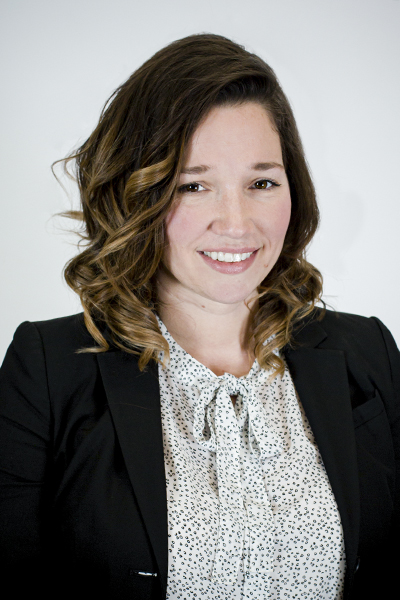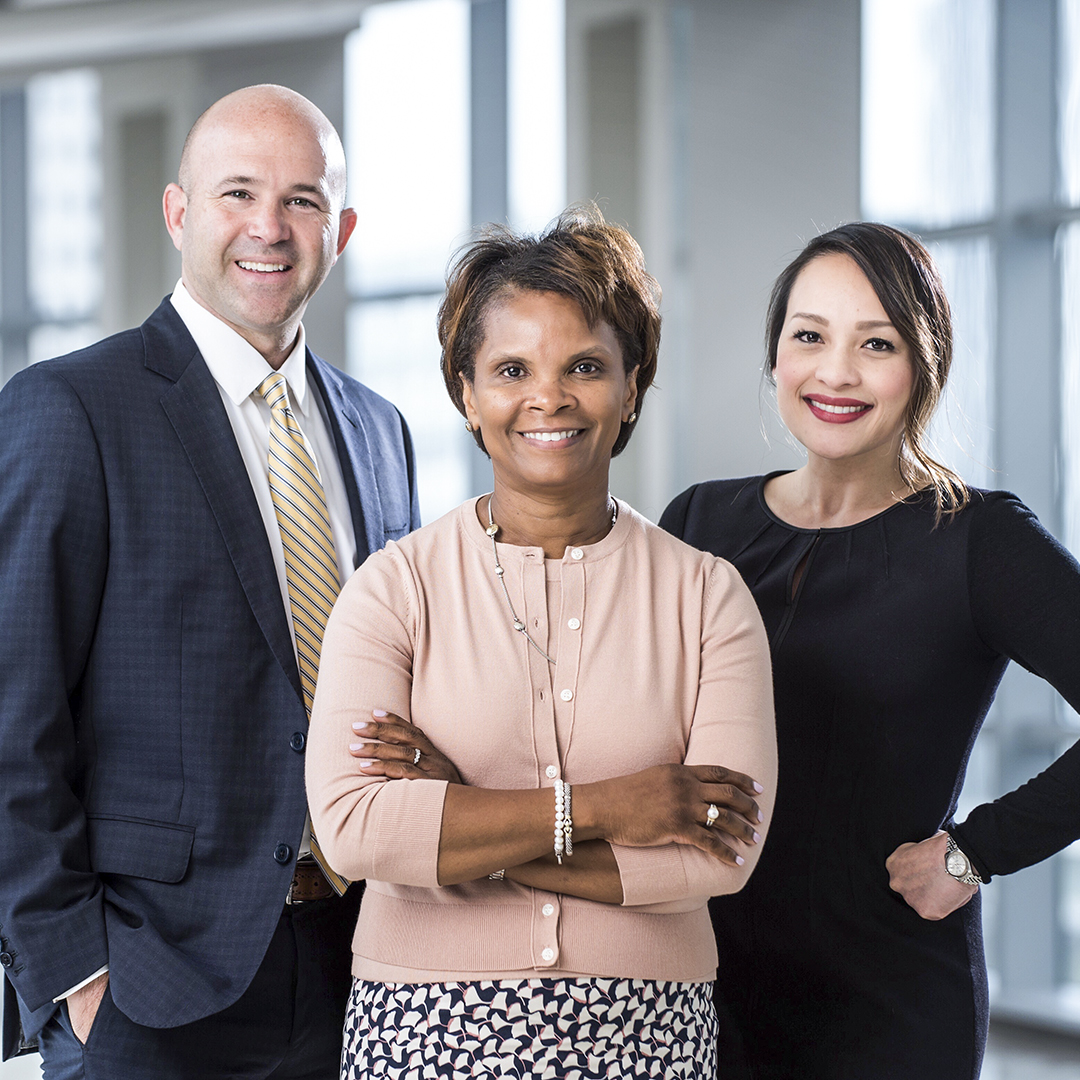|
Getting your Trinity Audio player ready... |
Jennifer Weldon had to learn to see beyond the numbers. Her first role as a staff accountant for a small acute care hospital in Louisiana never translated outside of the ones and zeros of keeping a health system financially healthy and made it difficult to see how her own efforts were helping drive better health outcomes. It wasn’t until she was promoted to controller of another hospital that she was able to better understand what her real mission meant.

“I started doing rounds on patients,” Weldon remembers. “I really started to understand the impacts that all facets of healthcare have on patient experience.”
Encountering patients had a lasting impact on the now chief financial officer for Capital Medical Center and South Sound Business magazine’s 2018 “40 Under 40” honoree, not just by emphasizing the executive’s focus on patient experience, but by fundamentally reconfiguring the way she’s thought about how healthcare can better serve its patient populations.
That focus would come to light in that same controller role where Weldon began doing patient rounds. “We had this whole campaign about how we can improve our patient engagement scores,” Weldon remembers. “But on the back end we spent a lot of time determining that something would either cost too much or we’d find a way to rationalize away what our patients were telling us.” The CFO says healthcare systems in general too often just look at data and formulate opinions that fit into preexisting expectations, and it just didn’t make sense.
So, Weldon took volunteer roles on every engagement team that was available. “You have to connect the dots between what a patient is really saying,” Weldon says. “They want to go somewhere where the cost is low, the quality of care is high, and that there’s an easy entrance into the system while being certain that when they go home, the care doesn’t end.”
That patient-focused mind-set wasn’t truly able to be enacted until Weldon came to Washington state in 2017 where Weldon says the payment models have started to catch up with the ideology.
“Historically, payment models tell you to focus on more volume and hospitals were paid regardless of quality outcomes. Today, with healthcare reform, hospitals are told to focus quality and reduce number of visits, but most payors still only pay if the patient comes into the hospital,” Weldon explains. “There is a disconnect in that messaging. What you have to be, as a leader in healthcare today, is more risk tolerant than you maybe had been in the past, meaning focusing resources on the quality aspect even though the short term outcome may be a reduction in volumes and thus reimbursement.”
“If we would all lead from a place of thinking about what the patient is experiencing and what they need—if we lead trying to answer that question—I think it would rapidly change the healthcare environment.”
The CFO says focusing on investing cost on the front end to help ensure a continuum of care will eventuate back-end success in terms of bundled payment opportunities, centers of excellence, and shared savings through Accountable Care Organization (ACO) models.
“But you have to suspend that risk aversion,” Weldon emphasizes. “I still think that it comes down to providing the highest quality care and at the lowest patient cost, which is what the patients have been telling us all along.”
For the departments that roll up to Weldon, she says she works hard to help the nonclinical functions recognize that they are an integral part of providing a positive patient experience. From the registrars who are the first line of defense in preventing any patient identification errors to the accountants who are able to provide a clear financial picture so the organization can focus resources and manpower where they’re most needed, the CFO says reframing the nature of the role is imperative in being able to keep the patients as the focus for healthcare.
Weldon says Capital Medical’s recent clinically integrated network will change the landscape of the delivery care model from start to finish. “We now see more patients from our community and surrounding areas but we’re continuing to do so in a low-cost, high-quality setting,” Weldon says. “For our patients who live in Olympia and have value-based insurance plans, they don’t want to drive an hour-an-a-half to receive care. Now they can seek care at home and if they need higher tertiary services, we will be able to follow them throughout their continuum of care even into other systems.”
The success of integrating into narrow networks has also meant a continued shift in traditional thinking. “When you work inside of a narrow network, your goal is to keep patients out of the emergency room via preventative health screenings, which also reduces readmissions and yet our volume is growing,” Weldon says. “If you invest on the front end in quality, the benefit comes back through shared savings, and it requires a whole different perspective on growth.”
The point of it all, Weldon says, is to continue to frame the conversation around how to best serve patients, not simply keep “heads in beds.”
“If we would all lead from a place of thinking about what the patient is experiencing and what they need—if we lead trying to answer that question—I think it would rapidly change the healthcare environment.”
